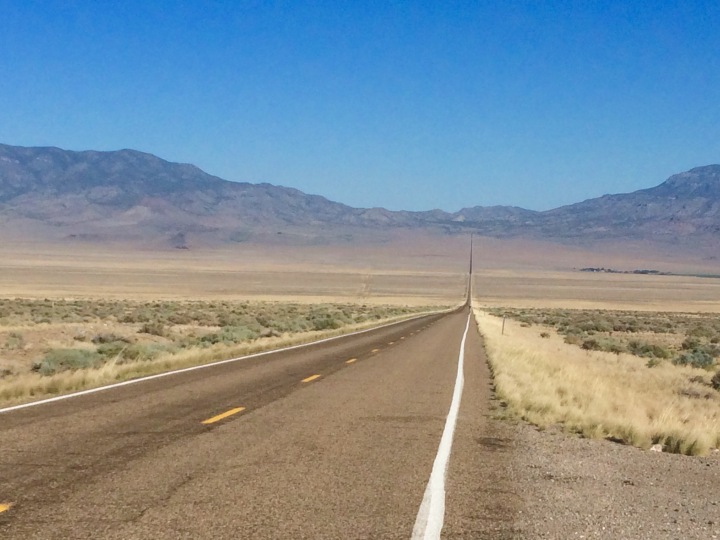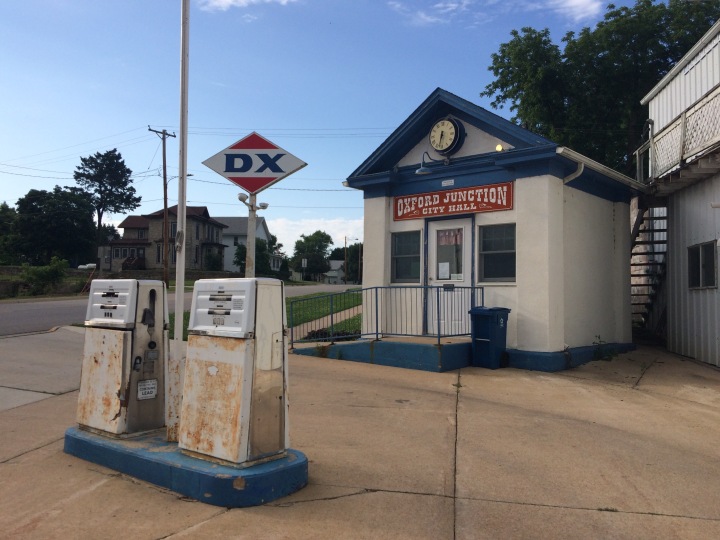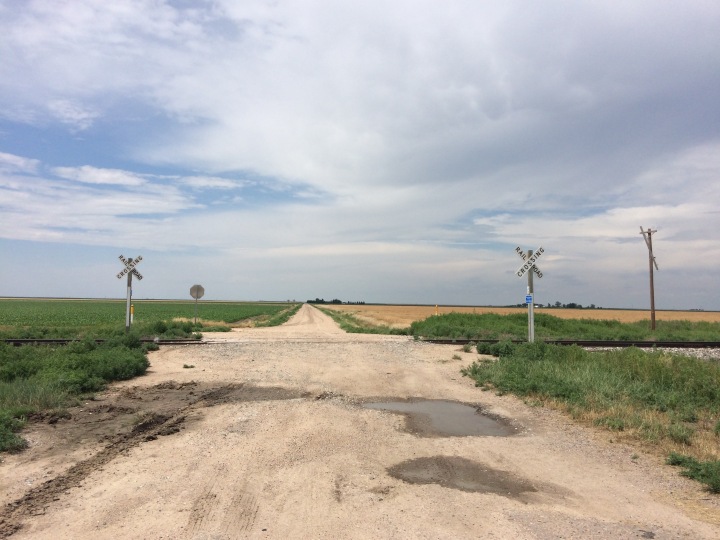
If you have ever felt compelled to confront the importance of planning in your daily life, try biking on the rumble strip of a highway. The discomfort of being distinctly out of place reveals underlying structures in the way things are built. In the summer of 2015, I biked across the country 4,295 miles from Portland, M.E., to Seattle, W.A., with the organization Bike the US for MS. Unexpectedly charmed by the extreme temperature fluctuations, chronic soreness, and eating peanut butter on the side of the road, I decided to bike from Yorktown, V.A. to San Francisco, C.A. in 2016.
HOMEPAGE TEST – – – HOMEPAGE TEST
On a cross-country bike trip, most of the roads are not designed with bikes in mind, and you face that challenge mile after mile. You spend a lot of time in weather you have no business being in. The promise of 55 mile per hour headwinds is not a sign to stay inside, but to head out at 4 am. And you have not experienced immense stillness until you are literally the only person in the middle of a Nevada desert. The tension of participating in a form of transportation far beyond what roads were designed for is what led me to transportation planning.

Source: Libby Szuflita
But if soul-searching about mobility amidst speeding trucks is not for you, how do you go about accessing this amazing travel experience? The opportunity to witness every last inch of the country, exposed to the wildly varying climates and powering every elevation change, is something you don’t get on a road trip. Local routes guide you to places rarely visited by tourists, inviting you to experience the unique daily life of small towns across the country. A safer, more accessible route across the country is on the horizon thanks to an upcoming project led by the Rails-to-Trails Conservancy (RTC). The Great American Rail-Trail Project seeks to develop a coast-to-coast cycling (and walking!) path that is separate from vehicular traffic.

Source: Libby Szuflita
Planning the Great American Rail-Trail
How does one go about planning for an inter-state trail separated from vehicles? I spoke with Kevin Belanger, a Trail Planner with RTC, to learn more about the process of converting disused rail corridors to trails.
RTC is a DC-based nonprofit founded in 1986, with a mission to convert former rail lines across the U.S. to multi-purpose paths. The organization promotes trails through three channels – policy, communications, and development. Their policy team works at the national level to increase federal funding for trails, and expand the conditions under which trail development is permitted. The communications team builds enthusiasm about trails, and motivates people to advocate for them locally. The development team monitors potential trail corridors, and assists localities interested building a trail with technical assistance (including feasibility studies, concept plans, and railbanking applications) and coalition-building.
“Railbanking” is what makes former rail corridors great candidates for trails. The policy was introduced in a 1983 amendment of the National Trail Systems Act. According to RTC, railbanking is a “condition allowing a railroad to “bank” a corridor for future rail use if necessary. During the interim, alternative trail use is a viable option.” A railroad company can voluntarily sell or donate the property or easement rights of a disused rail corridor to a local agency or organization for the purpose of developing a trail. If the railroad decides to reactive that corridor, it has the right to repossess the land with fair compensation to the trail organization. This policy reduces proliferation of abandoned rail corridors, encourages the development of a community amenity, and allows for the preservation of rights-of-way for rail (1).

The Great American Rail-Trail project seeks to fill in the gaps of an already robust nation-wide network, to create one continuous vehicle-separated trail between Washington, DC and Washington State. That being said, RTC does not “force” localities to implement a trail. The trails are designed, constructed, and maintained by the municipality, after all. But RTC does work to get areas excited about the possibility of being connected to this vibrant network, and provides professional guidance and technical assistance to help them do so.
RTC will be releasing official details of its preferred route on May 8, 2019. You can preview the map of some of the existing trails that RTC plans to link, here.
Featured Image Source: Libby Szuflita
About the Author: Libby Szuflita is a 1st year Master’s student in the DCRP program specializing in Transportation and pursuing the Natural Hazards Resilience certificate. When she’s not learning about active transportation, she’s participating in it. You can catch her biking around Carrboro or walking with helmet in tow.